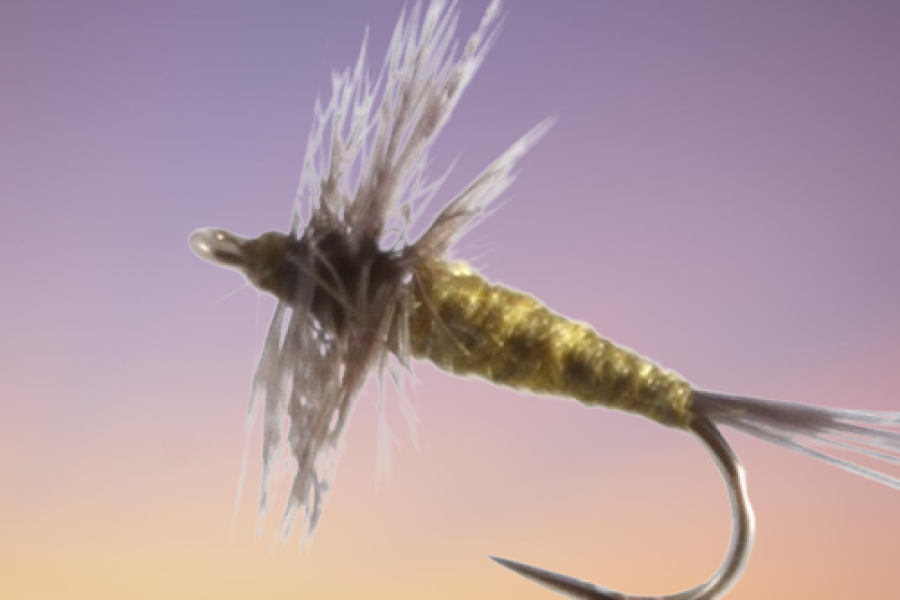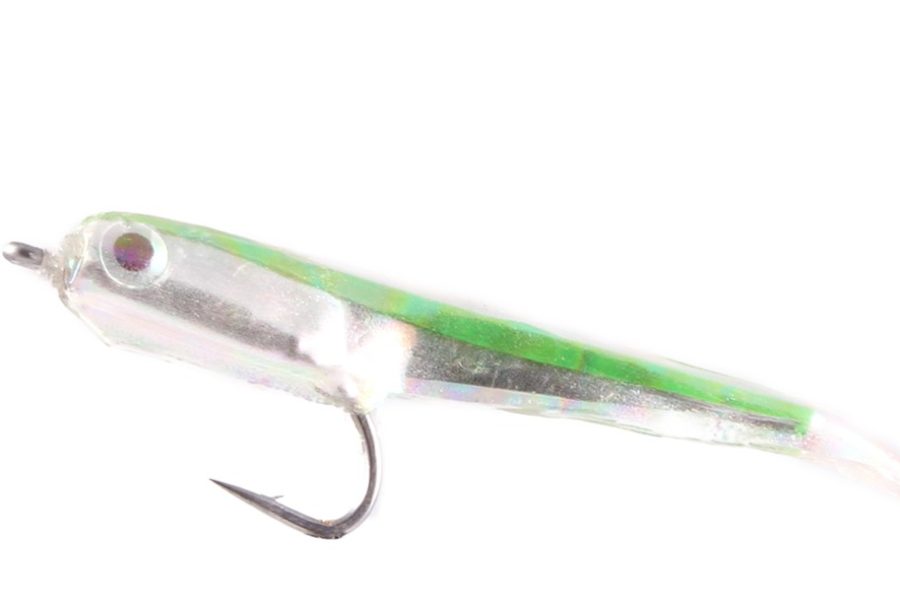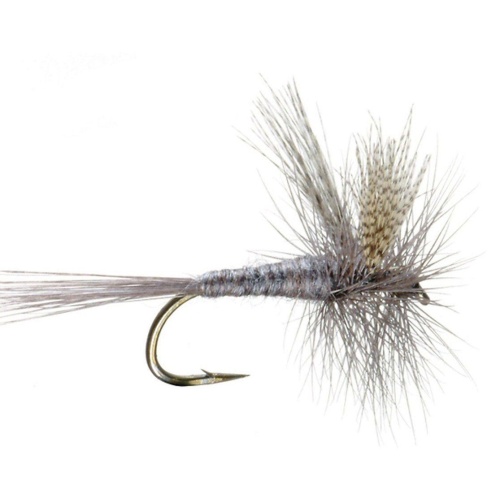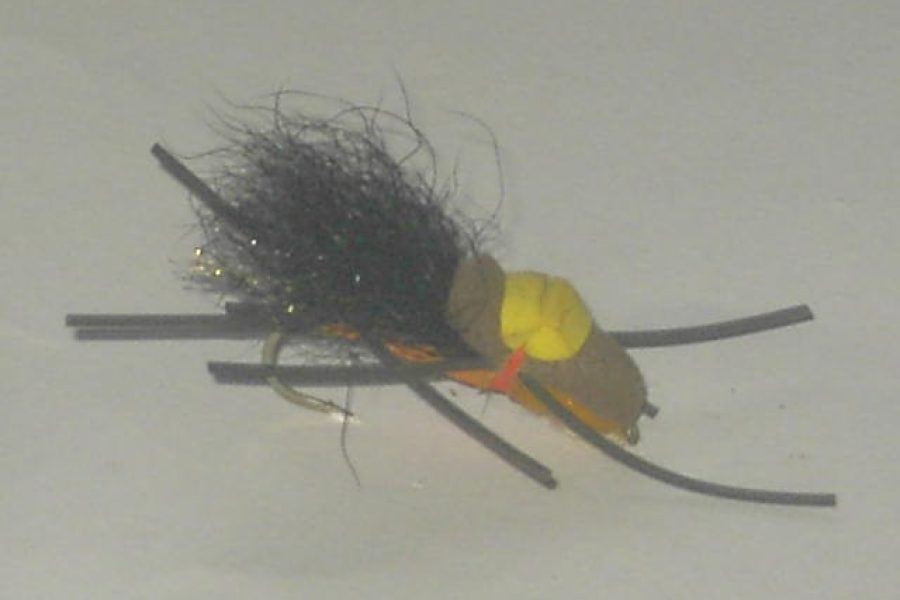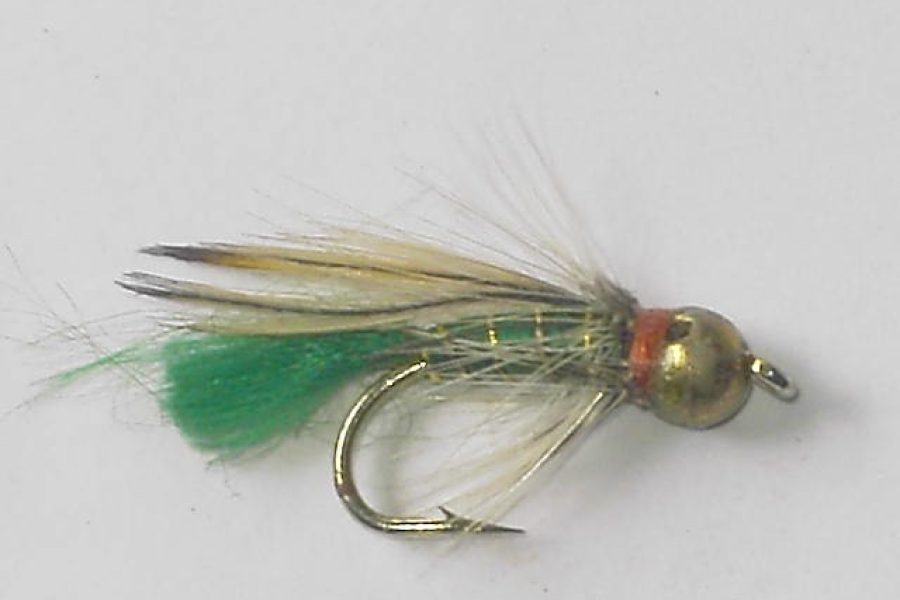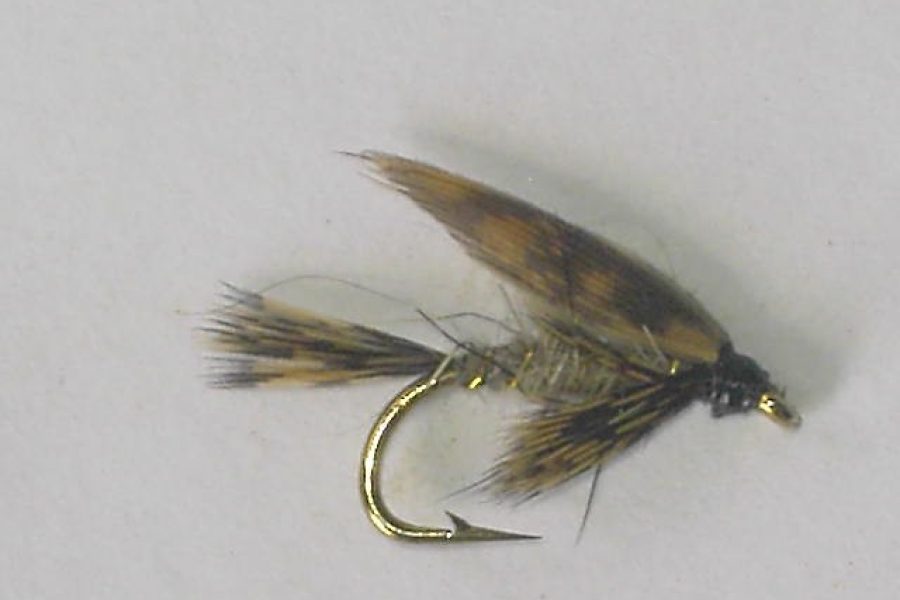Description
Product Overview and Heritage The Dark Hendrickson represents a classic evolution in mayfly dry fly design, featuring a traditional Catskill-style construction that creates a highly effective mayfly dun imitation. This specialized pattern incorporates carefully selected natural materials, making it particularly effective during Hendrickson hatches. The pattern has become a standard-bearer in traditional dry fly fishing, consistently producing results during spring mayfly emergences.
Design Features and Materials Hook Characteristics:
- Premium dry fly hook
- Available sizes: 12-18
- Standard wire construction
- Standard gap design
- Chemically sharpened point
- Bronze finish
- Optimal hook strength
- Enhanced penetration design
- Perfect size-to-weight ratio
- Freshwater durability
Material Components:
- Grey muskrat back fur
- Dark blue dun hackle
- Wood duck flank wings
- Grey 8/0 thread
- Traditional construction
- Color-fast characteristics
- Float enhancement
- Profile consistency
- Natural appearance
- Classic style
Construction and Tying Process The pattern’s success relies on precise construction methods:
- Balanced proportions
- Strategic wing placement
- Graduated body tapering
- Reinforced connections
- Material integration
- Enhanced durability features
- Proper hackle application
- Wing positioning
- Profile consistency
- Float optimization
Fishing Applications and Techniques Presentation Methods:
- Dead drift
- Slight twitches
- Multiple angles
- Surface control
- Pattern placement
- Current fishing
- Structure targeting
- Cross-current drifts
- Action variation
- Traditional methods
Specialized Applications:
- Spring hatches
- Mayfly emergences
- Technical water
- Clear conditions
- Low light periods
- Evening hatches
- Search pattern
- Active fish
- High-pressure situations
- Selective trout
Seasonal Effectiveness Spring Performance:
- Peak Hendrickson hatches
- Mixed techniques
- Weather changes
- Pattern selection
- Temperature increases
- Fish movement
- Feeding windows
- Natural cycles
- Light conditions
- Hatch matching
Summer Strategy:
- Late hatches
- Evening activity
- Temperature adaptation
- Feeding patterns
- Oxygen levels
- Light penetration
- Fish behavior
- Water conditions
- Current seams
- Structure targeting
Fall Applications:
- Limited effectiveness
- Cooling waters
- Changed light conditions
- Transitional periods
- Selective takes
- Pattern visibility
- Fish location
- Temperature drops
- Migration patterns
- Feeding windows
Habitat and Water Types Water Applications:
- Spring creeks
- Freestone rivers
- Technical streams
- Clear water
- Smooth currents
- Structure areas
- Current seams
- Film lanes
- Holding water
- Feeding lanes
Specialized Environments:
- Various waters
- Technical streams
- Chalk streams
- Complex currents
- Bank edges
- Shallow riffles
- Different streams
- Pool heads
- Current breaks
- Slow water
Target Species and Behavior Primary Species:
- Brown Trout
- Rainbow Trout
- Brook Trout
- Cutthroat Trout
- Multiple Species
- Selective Feeders
- Surface Feeders
- Technical Fish
Behavioral Patterns:
- Surface feeding
- Selective takes
- Pattern recognition
- Natural behavior
- Opportunistic strikes
- Selective periods
- Strike triggers
- Visual stimulation
- Lateral line response
- Competitive behavior
Rigging Recommendations Leader Setup:
- 9-12 foot leaders
- 5X-6X tippet
- Tapered leaders
- Fluorocarbon options
- Loop-to-loop connections
- Proper presentation
- Adequate stiffness
- Knot strength
- Breaking strain
- Abrasion resistance
Presentation Options:
- Single dry fly
- Dry-dropper rigs
- Traditional methods
- Modern techniques
- Line matching
- Leader design
- Tippet selection
- Float control
- Drift adjustment
- Action variation
Professional Applications Guide Usage:
- Client-friendly pattern
- Proven success rates
- Consistent performance
- Easy presentation
- Multiple techniques
- Teaching tool
- Confidence pattern
- Versatile applications
- Durability
- Hook-up ratio
Competition Usage:
- Tournament proven
- Technical water success
- Pressure adaptation
- Quick-change capability
- Consistent performance
- Pattern rotation
- Size variation
- Color selection
- Presentation options
- Result tracking
Care and Maintenance Post-Fishing Care:
- Thorough drying
- Material grooming
- Hook inspection
- Wing maintenance
- Hackle preservation
- Storage preparation
- Pattern inspection
- Float verification
- Performance testing
- Movement checking
Storage Requirements:
- Dry environment
- UV protection
- Separate compartments
- Regular inspection
- Moisture prevention
- Temperature control
- Light protection
- Ventilation needs
- Box organization
- Inventory management
Advanced Fishing Methods Presentation Techniques:
- Drift variations
- Surface control
- Strike detection
- Drift management
- Current reading
- Structure approach
- Pattern tracking
- Recovery methods
- Angle optimization
- Speed control
Water Reading:
- Current understanding
- Depth assessment
- Structure location
- Fish holding areas
- Presentation angles
- Travel lanes
- Rest areas
- Temperature breaks
- Current seams
- Holding lies
Environmental Considerations Conservation Features:
- Sustainable materials
- Durable construction
- Catch-and-release friendly
- Minimal environmental impact
- Eco-conscious design
- Material selection
- Ethical considerations
- Resource protection
- Species conservation
- Environmental awareness
Material Selection:
- Responsible sourcing
- Quality components
- Mixed elements
- Ethical production
- Sustainable practices
- Environmental impact
- Material longevity
- Waste reduction
- Local materials
- Eco-conscious design
Additional information
| Hook type | Barbed Hooks, Barbless Hooks |
|---|---|
| Hook size | 10, 12, 14, 16, 18, 20, 22 |

